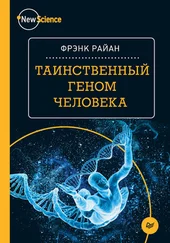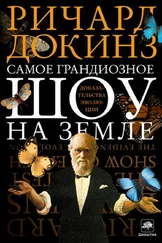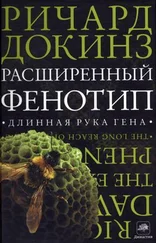Smith J.M, Szathmáry E. The Origins of Life. Oxford: Oxford University Press, 1999.
Jablonka E., Lamb M.J. Epigenetic Inheritance and Evolution: The Lamarckian Dimension. Oxford University Press, Oxford, 1995.
Jablonka E., Lamb M. J. Evolution in Four Dimensions. Cambridge, Massachusetts, and London: the MIT Press, 2005.
Jablonka E., Raz G. Transgenerational epigenetic inheritance: prevalence, mechanisms, and implications for the study of heredity and evolution. In press, The Quarterly Review of Biology 2009; 84 (2): 31–176.
Gilberts. F., Epel D. Ecological Developmental Biology. Sunderland, Massachusetts: Sinauer Associates Inc, 2009: 8.
Grant-Downton R.T., Dickinson H. G. Epigenetics and its implications for plant biology. 1. The epigenetic network in plants. Annals of Botany 2005; 96: 1143–64. Grant-Downton R. T., Dickinson H. G. Epigenetics and its implications for plant biology. 2. The «epigenetic epiphany»: epigenetics, evolution and beyond. Annals of Botany 2006; 97: 11–27.
Wilson A. G. Epigenetic regulation of gene expression in the inflammatory response and relevance to common diseases. Journal of Periodontology 2008; 79: 1514–9.
Godwin J., Luckenbach J.A., Borski R.J. Ecology meets endocrinology: environmental sex determination in fishes. Evolutionary Development 2003; 5 (1): 40–49.
Gluckman P.D., Hanson М. А., et al. Effect of the in utero and early life conditions on adult health and disease. New England Journal of Medicine 2008; 359: 61–73.
Pugh J.E., Holliday R. Do chemical carcinogens act by altering epigenetic controls through DNA repair rather than by mutations? Heredity 1978; 40: 329.
Holliday R. A new theory of carcinogenesis. British Journal of Cancer 1979; 40: 513–522.
Holliday R. DNA methylation and epigenotypes. Biochemistry (Moscow) 2005; 70 (5): 500–504. (русскоязычное издание Биохимия 2005; 70 (5): 612–617.
Fraga M., Esteller M. Epigenetics and aging: the targets and the marks. Trends in Genetics 2007; 23 (8): 413–418.
Fraga M. F., Ballestar E., Paz M.F., et al. Epigenetic differences arise during the lifetime of monozygotic twins. Proceedings of the National Academy of Sciences 2005; 102 (30): 10 604-9.
Harper S. Q.S., Taber P.D., Не Х., et al. RNA interference improves motor and neuropathological abnormalities in a Huntington’s disease mouse model. Proceedings of the National Academy of Sciences 2005; 102 (16): 5820–5.
Bandea C.I. A new theory on the origin and nature of viruses. Journal of Theoretical Biology 1983; 105: 591–602. Bandea С. I. The origin and evolution of viruses as molecular organisms (new paper under submission).
Claverie J.-M. Viruses take center stage in cellular evolution Genome Biology 2006: 7 (6). doi:10.1186/gb-2006–7–6–110.
Forterre P. The two ages of the RNA world, and the transition to the DNA world: a story of viruses and cells. Biochemie 2005; 87: 793–803. Forterre P. Three RNA cells for ribosomal lineages and three DNA viruses to replicate their genomes: a hypothesis for the origin of cellular domain. Proceedings of the National Academy of Sciences 2006; 103 (10): 3669–74. Forterre P., Prangishvili D. The great billion-year war between ribosome — and capsid — encoding organisms (cells and viruses) as the major source of evolutionary novelties. Proceedings of the National Academy of Sciences (in press).
Lawton G. Uprooting Darwin’s tree. New Scientist 24 January 2009: 34–39.












